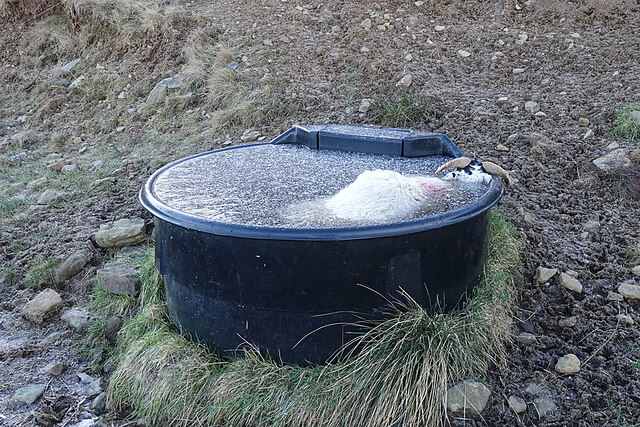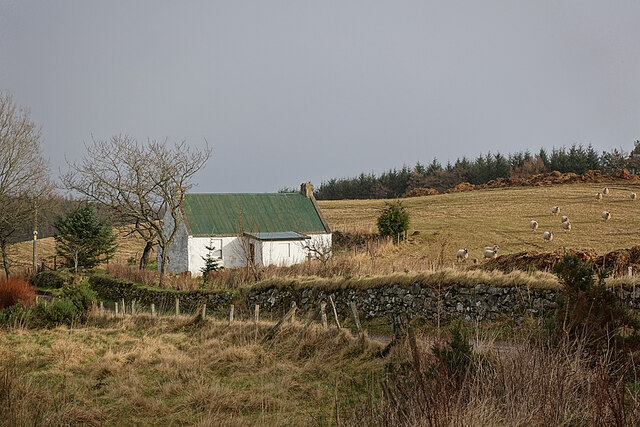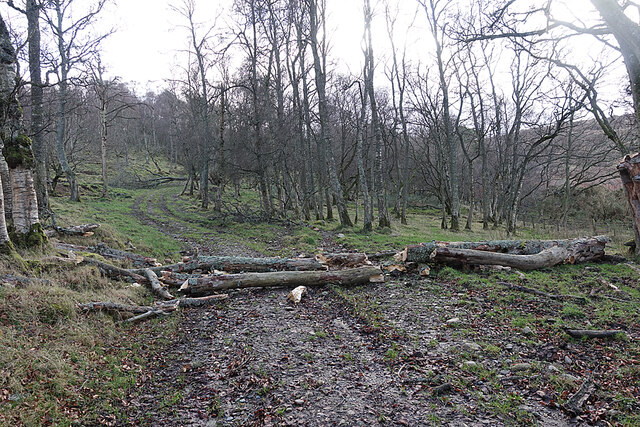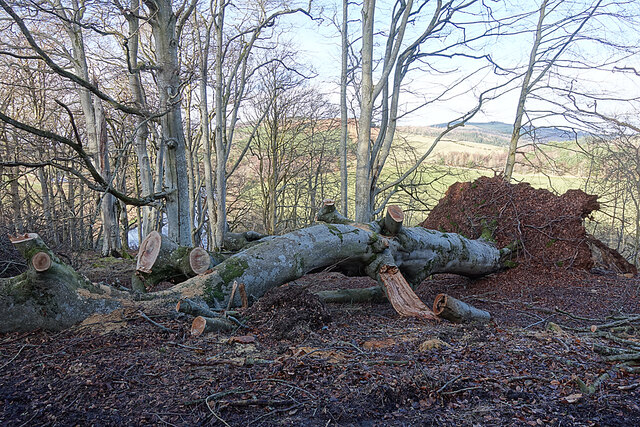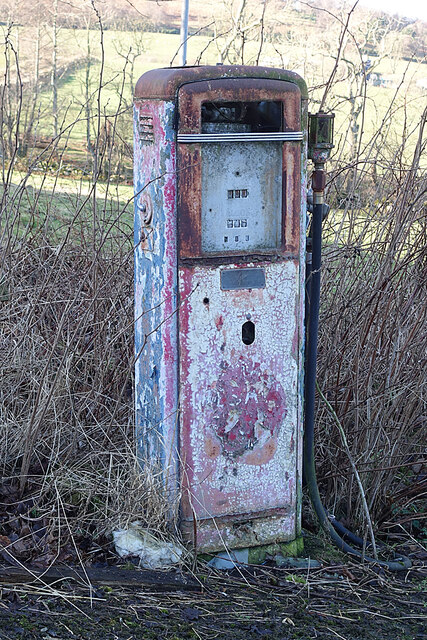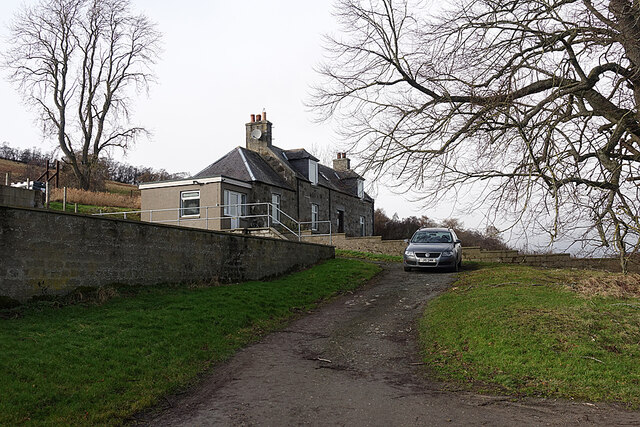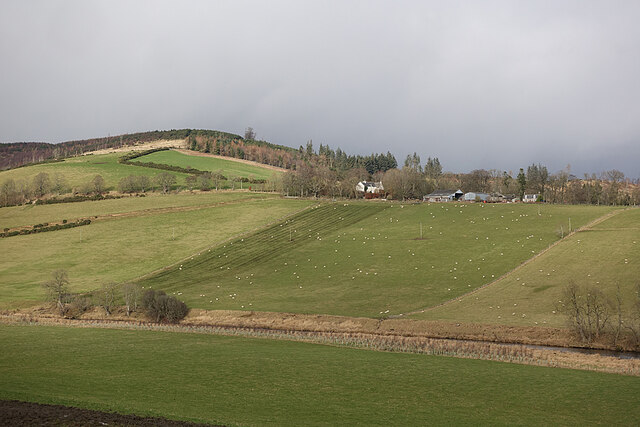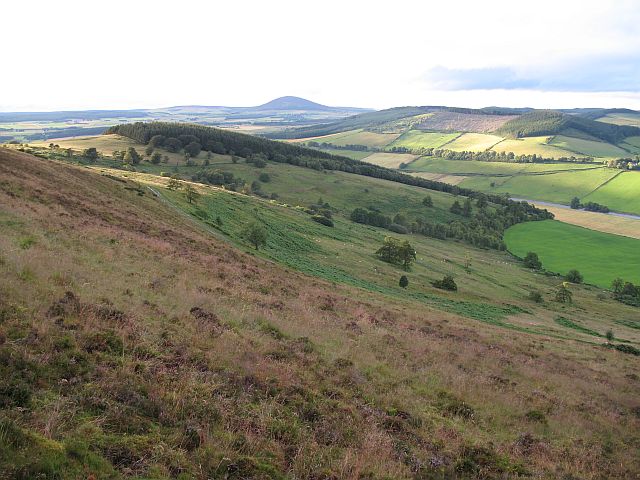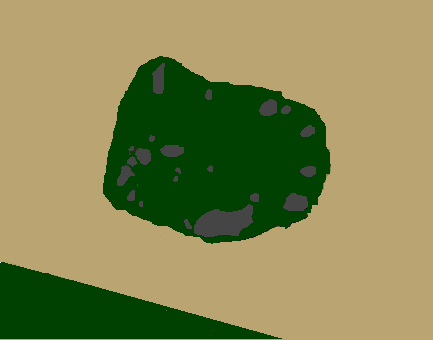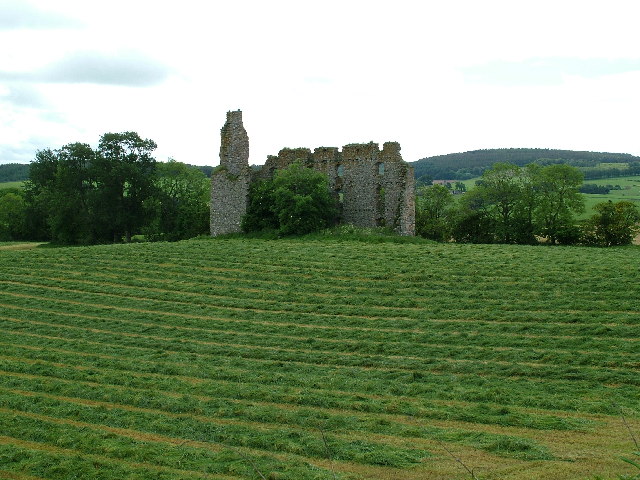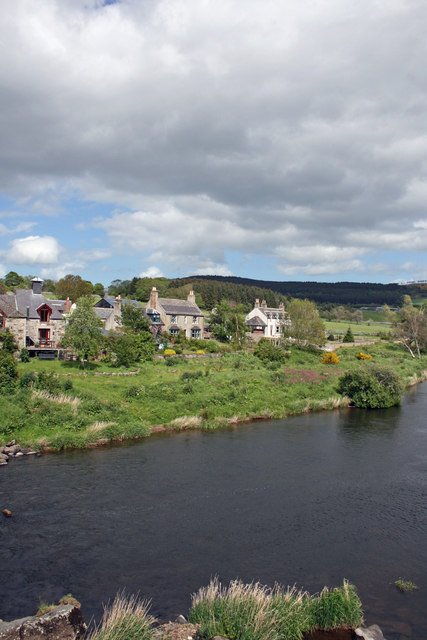Bognie's Pot
Lake, Pool, Pond, Freshwater Marsh in Banffshire
Scotland
Bognie's Pot

Bognie's Pot is a picturesque freshwater marsh located in Banffshire, Scotland. It is a small but notable body of water that encompasses a lake, pool, pond, and freshwater marsh all in one. Nestled amidst rolling hills and lush greenery, Bognie's Pot is a natural haven for a diverse range of flora and fauna.
The lake at Bognie's Pot is a tranquil expanse of calm water, reflecting the surrounding landscape like a mirror. It is home to various species of waterfowl, including ducks, swans, and geese, which can often be seen gracefully gliding across its surface. The pool and pond areas are smaller, yet equally charming, featuring crystal-clear water and vibrant aquatic plants.
The freshwater marsh at Bognie's Pot is a thriving ecosystem that supports a wide array of plant and animal life. Tall reeds and sedges dominate the marsh, providing a habitat for numerous bird species, such as reed warblers and bitterns. It is also a breeding ground for amphibians like frogs and toads, as well as a variety of insects and invertebrates.
Visitors to Bognie's Pot can enjoy the tranquility of the surroundings while taking leisurely walks along the well-maintained pathways that meander through the marshland. The area is a popular spot for nature enthusiasts and birdwatchers, who can observe and appreciate the rich biodiversity that thrives in this unique habitat.
Overall, Bognie's Pot is a hidden gem in Banffshire, offering visitors a chance to immerse themselves in the beauty of Scotland's natural landscapes and observe the wonders of freshwater ecosystems up close.
If you have any feedback on the listing, please let us know in the comments section below.
Bognie's Pot Images
Images are sourced within 2km of 57.516651/-2.6930692 or Grid Reference NJ5847. Thanks to Geograph Open Source API. All images are credited.

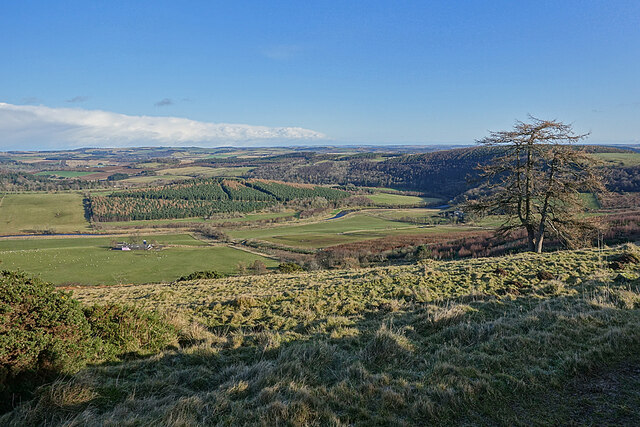
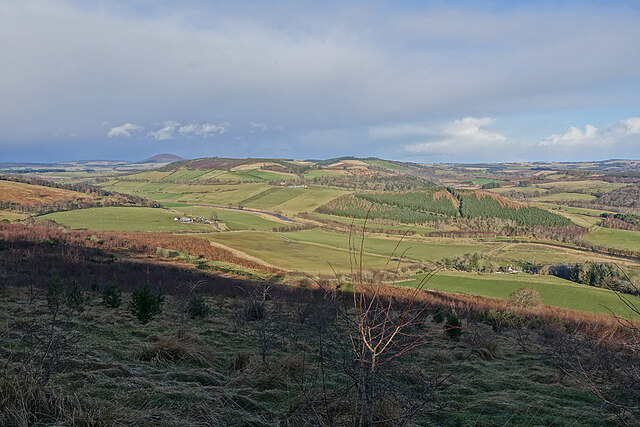
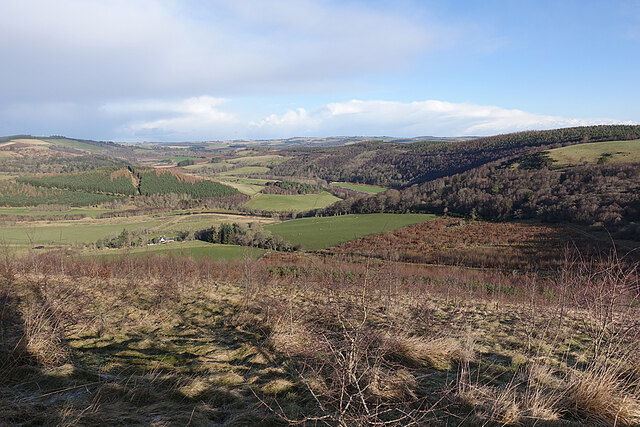

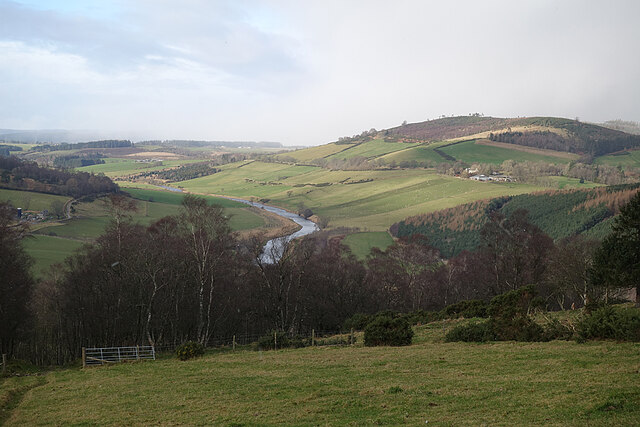
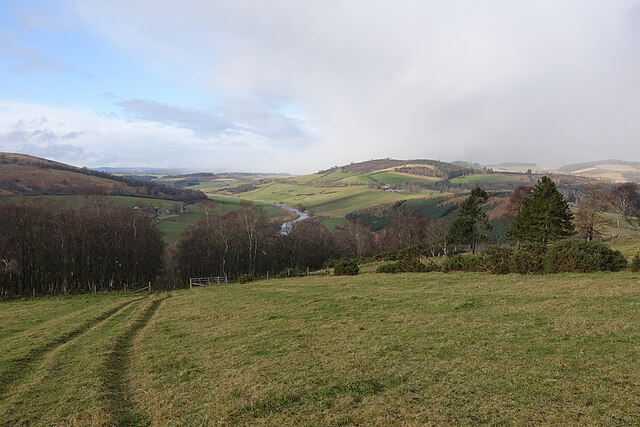
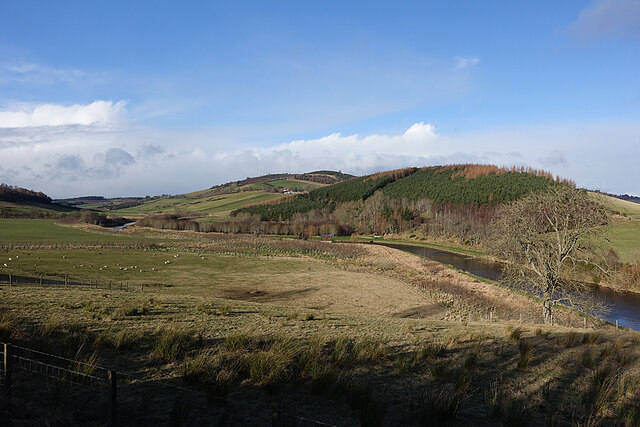
Bognie's Pot is located at Grid Ref: NJ5847 (Lat: 57.516651, Lng: -2.6930692)
Unitary Authority: Moray
Police Authority: North East
What 3 Words
///truffles.decanter.sprawls. Near Aberchirder, Aberdeenshire
Nearby Locations
Related Wikis
Fourman Hill
Fourman Hill is a hill located west of Bogniebrae, Aberdeenshire, Scotland. It has an elevation of 1,127 feet (344 m). A cairn near the summit marked the...
Yonder Bognie
Yonder Bognie is a stone circle in Aberdeenshire, Scotland. It is located in an agricultural field under private ownership and is a scheduled monument...
Bognie Castle
Bognie Castle (also called Conzie Castle) is a ruined castle near Huntly and Banff in the Aberdeenshire region of Scotland. It was built in the 17th century...
Mountains Burn
Mountains Burn is a burn which marks the boundary of the parish of Huntly, Aberdeenshire, Scotland. == References ==
Bogniebrae
Bogniebrae () is a small rural settlement in Aberdeenshire, Scotland. It is located at the junction of the A97 and B9001 roads, six miles (ten kilometres...
Milltown of Rothiemay
Milltown of Rothiemay (Scottish Gaelic: Ràth a' Mhuigh) is a small inland village, built mostly of granite, in the north-east of Scotland and is within...
Cobairdy Castle
Cobairdy Castle was a 16th-century tower house, about 4 miles (6.4 km) north-east of Huntly, Aberdeenshire, Scotland, west of Burn of Connairdy. It may...
Inverkeithny
Inverkeithny is a village in the Formartine area of Aberdeenshire, Scotland. The village lies near where the Burn of Forgue flows into the River Deveron...
Nearby Amenities
Located within 500m of 57.516651,-2.6930692Have you been to Bognie's Pot?
Leave your review of Bognie's Pot below (or comments, questions and feedback).
